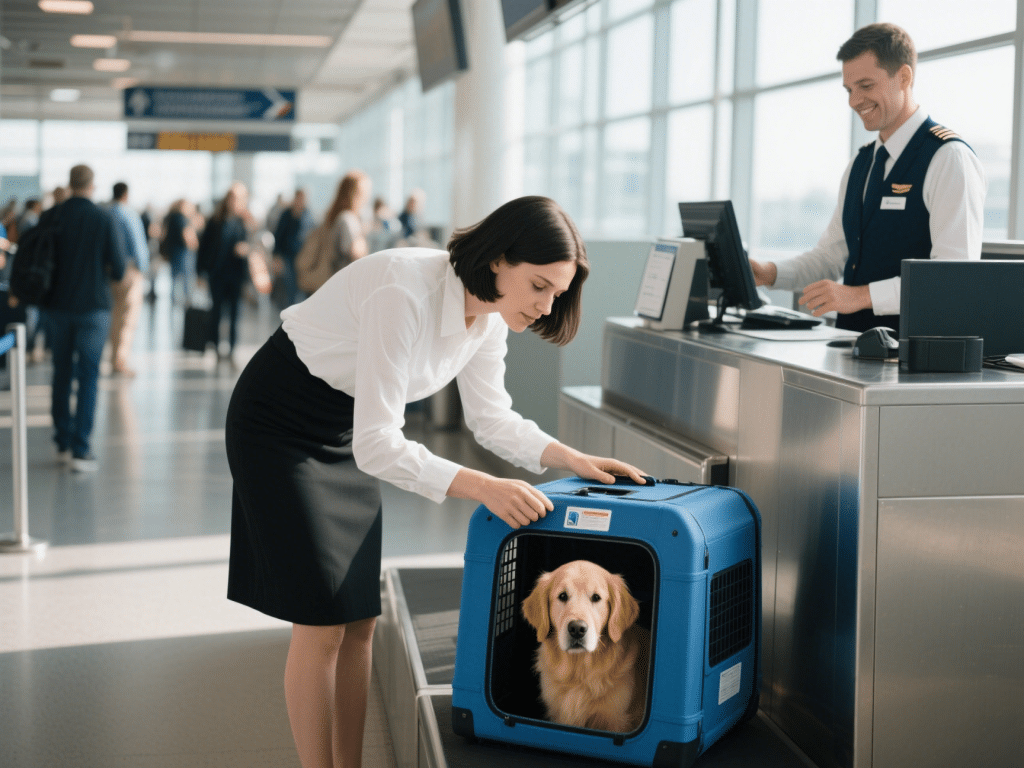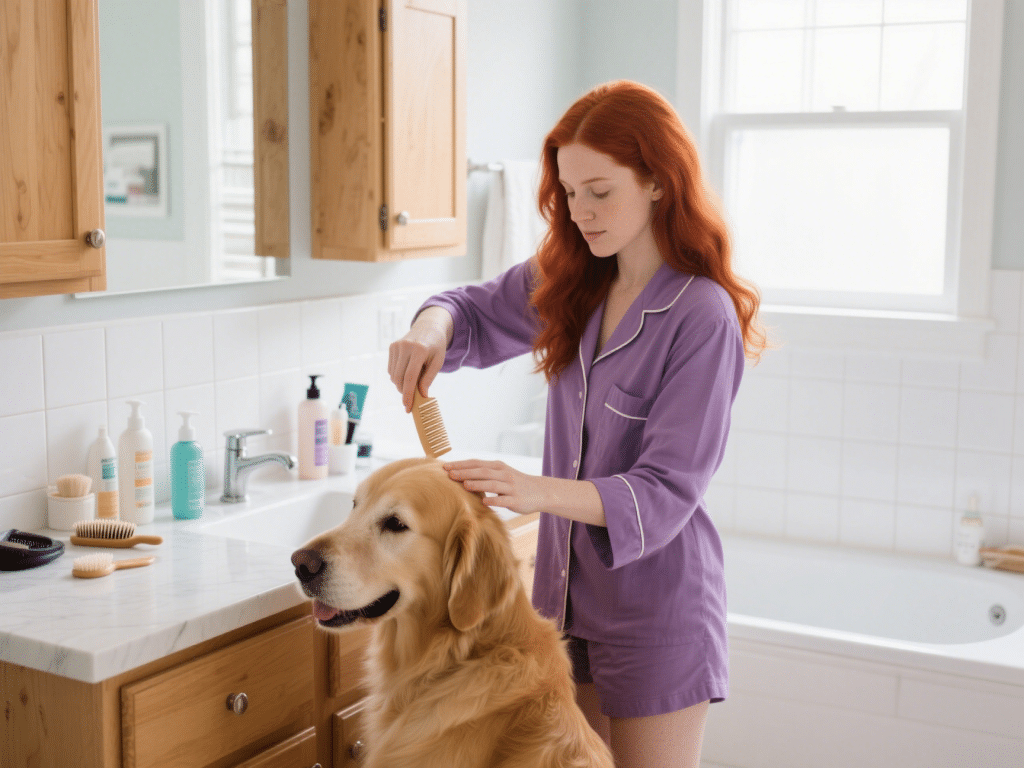Pet Travel: How to Prepare Your Pet for a Journey
Traveling with pets requires meticulous planning to ensure their safety and comfort. Follow these evidence-based steps to minimize stress and comply with international regulations.
1. Veterinary Preparation (4-8 Weeks Pre-Travel)
Health Certification: Obtain a USDA-endorsed or EU-compliant health certificate issued within 10 days of departure.
Vaccinations: Update rabies vaccinations (minimum 21 days pre-travel for EU) and core vaccines. Discuss parasite prevention for destination-specific risks.
Sedation Warning: FAA and AVMA strongly advise against tranquilizers at altitude due to cardiopulmonary risks. Use pheromone sprays (Adaptil/Feliway) instead.
2. Transportation Mode Selection
Comparison of Pet Travel Options:
| Mode | Best For | Regulations |
|---|---|---|
| Airline Cargo | Long-haul/international | IATA LAR compliant crate |
| Cabin Carry | Small pets (<8kg) | Airline-specific soft carrier rules |
| Road Transport | Anxiety-prone pets | State/country entry requirements |
Critical Tip: Book direct flights for air transport to avoid tarmac delays.
3. Acclimation Training (3-Week Protocol)
Week 1: Place meals inside open carrier with familiar bedding
Week 2: Practice secured 30-min sessions with distraction toys (e.g., Lickimat)
Week 3: Simulate travel vibrations using car rides or vibration pads (Pawaboo)
4. Documentation Portfolio
Essential Documents:
Rabies titer test (OIE-approved labs for rabies-free countries)
ISO microchip documentation (15-digit)
Import permits (e.g., UK PETS scheme, Australia BICON)
Digital Backup: Store scanned copies in cloud storage with emergency access
5. In-Transit Management
Hydration: Use spill-proof bowls or hanging bottles. Freeze water to prevent spills during security checks.
Temperature Control: For cargo travel, attach a live animal sticker with handling instructions. Avoid travel during extreme temperatures.
Security Screening: Request private TSA screening to prevent escapes. Never remove pets from carriers in unsecured areas.
6. Destination Preparation
Emergency Kit Contents:
Portable water filter (LifeStraw)
Temporary ID tag with local contact
Digital thermometer & styptic powder
Prescription meds + vet contact
Recovery Protocol: Allow 48 hours of quiet time post-journey. Monitor for stress symptoms: excessive panting, diarrhea, or appetite loss.
Proven Stress Reducer: A 2023 Journal of Veterinary Behavior study showed that playing species-specific music (Through a Dog’s Ear) during transport reduced heart rates by 18%.
Final Compliance Check:
Verify crate ventilation requirements (ICAO standards: 16% opening on 3 sides)
Confirm airline-approved food/water attachments
Check embargo dates (e.g., no summer cargo to Middle East)
Thorough preparation transforms pet travel from a stressful ordeal into a manageable journey. Start planning at least 2 months before departure, and always prioritize your pet’s biological needs over scheduling convenience.










Comments on "Pet Travel: How to Prepare Your Pet for a Journey" :